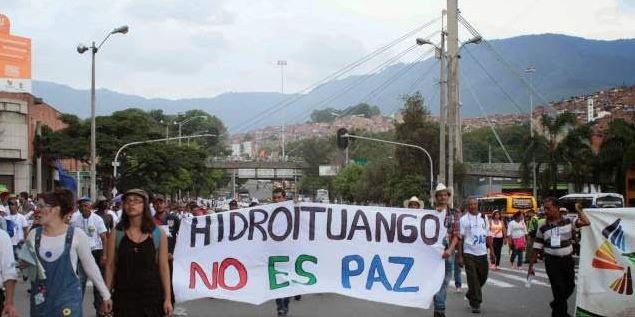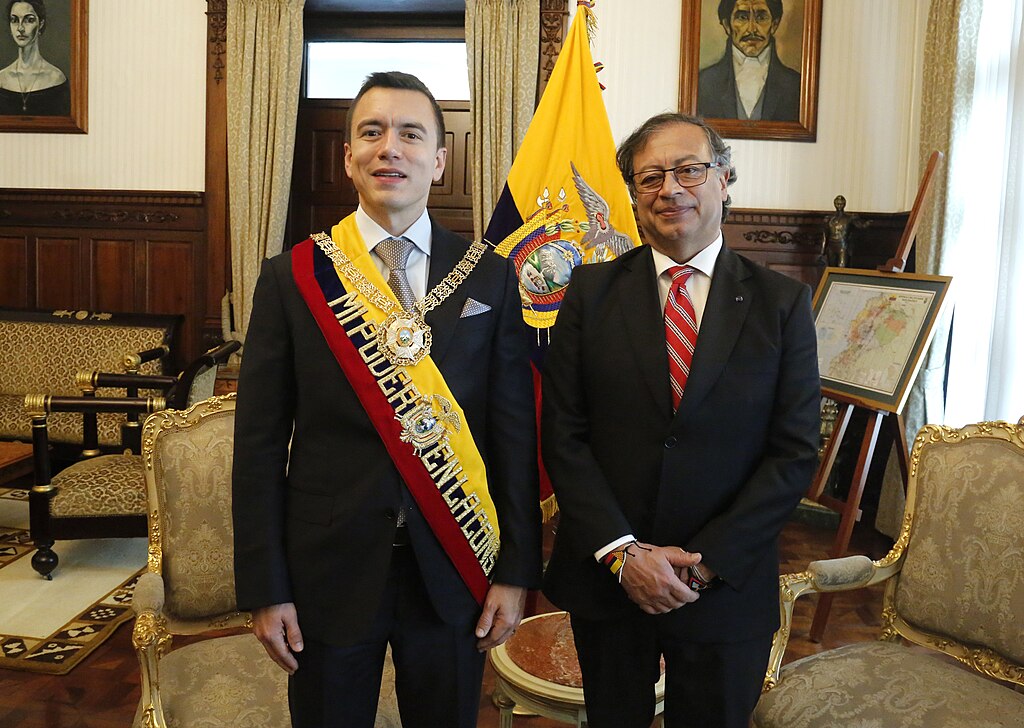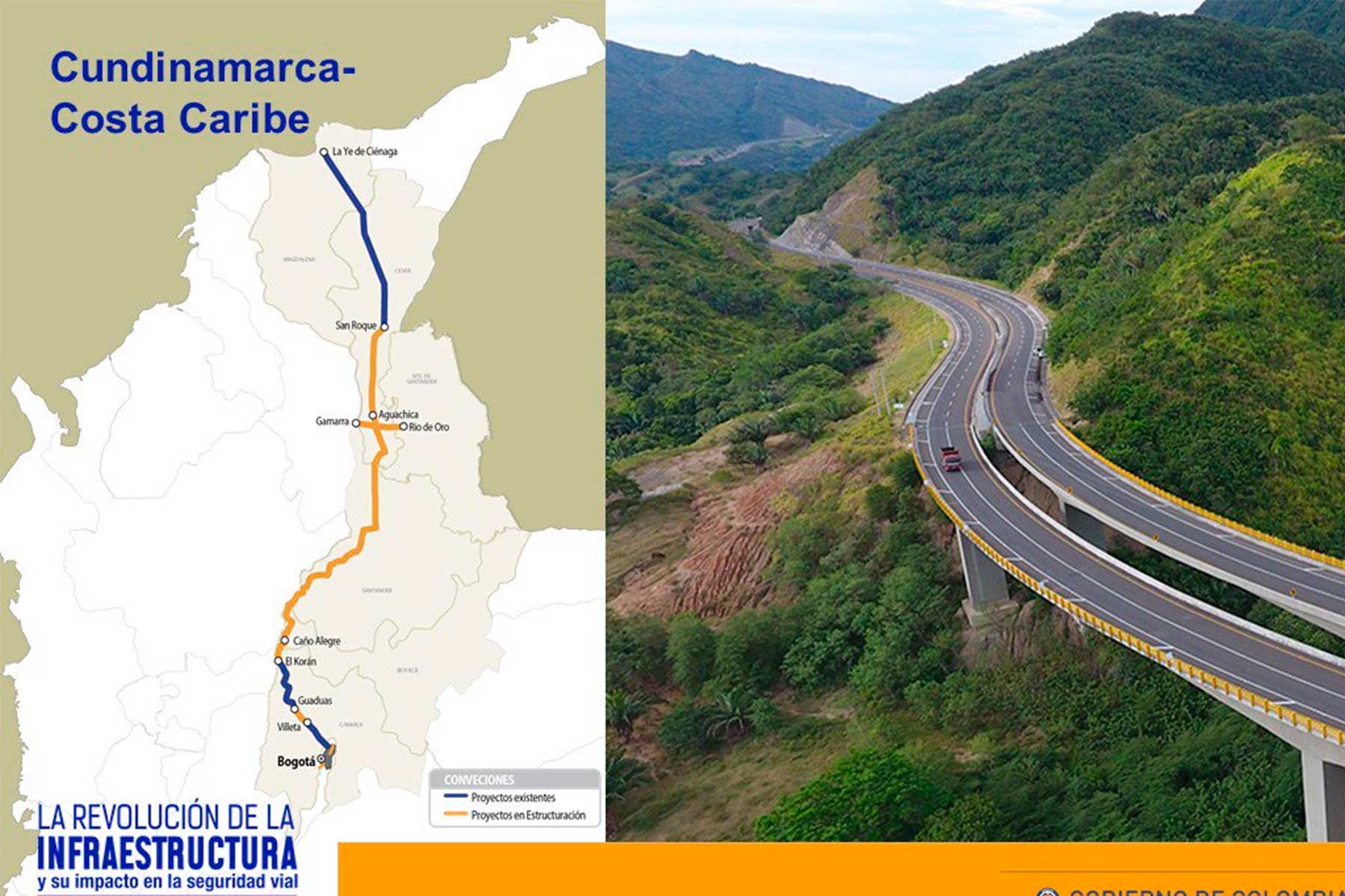 As discussions in Havana progress towards peace between Colombia and the FARC, commentators have raised concerns about the intensification of the ELN’s violent activities
As discussions in Havana progress towards peace between Colombia and the FARC, commentators have raised concerns about the intensification of the ELN’s violent activities
After multiple ELN attacks in February, an internal military document uncovered by El Espectador revealed many more raids had been planned for the coming weeks. Reports put the number of attacks last month at between 35 and 70. This upsurge in violence comes despite President Santos’s instruction to the armed forces to concentrate all of their efforts on eliminating the ELN threat.
“If they think they’ll get a stronger position at the negotiating table, they are wrong”, he said.
There have been over two years’ worth of exploratory talks about beginning formal peace negotiations, but the two sides have not yet been able to reach an agreement.
One issue that the government has said is hindering substantive peace talks concerns the ELN still holding hostages. In particular, the government is demanding the release of a civilian, Ramón José Cabrales, and a soldier, Jair de Jesús Villar.
Speaking at an event in Norte de Santander department, the Minister of the Interior, Juan Fernando Cristo, described February as a “bloody month”. He added, “Colombians cannot believe they [the ELN] want peace if they keep acting like this”.
An article in Semana indicates that another challenge is that the ELN will only participate in talks if they are held in neighbouring Venezuela, which would not be possible at present given the unstable conditions there.
The National Indigenous Organisation of Colombia (ONIC) raised concerns at the end of February that, as the FARC presence in areas such as Valle del Cauca, Chocó and Nariño declines, so ELN activity seems to be on the increase. Luis Fernando Arias, a senior advisor to the organisation, said it sparks concerns about whether FARC fighters are switching sides because “in the regions where FARC had a strong presence, people have started to see the presence of the ELN overnight”.
The ELN are estimated to have 1,500 soldiers in Colombia.





